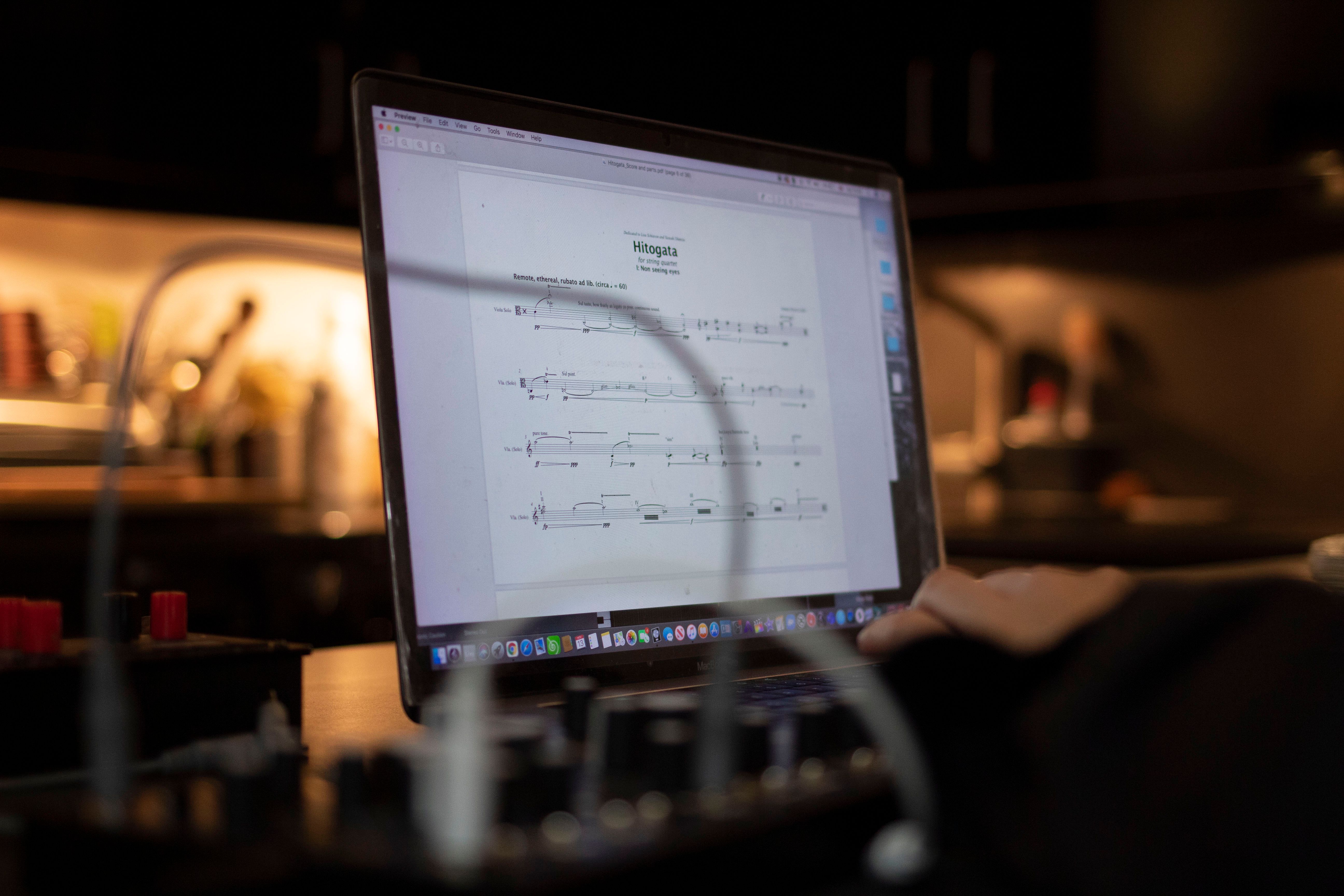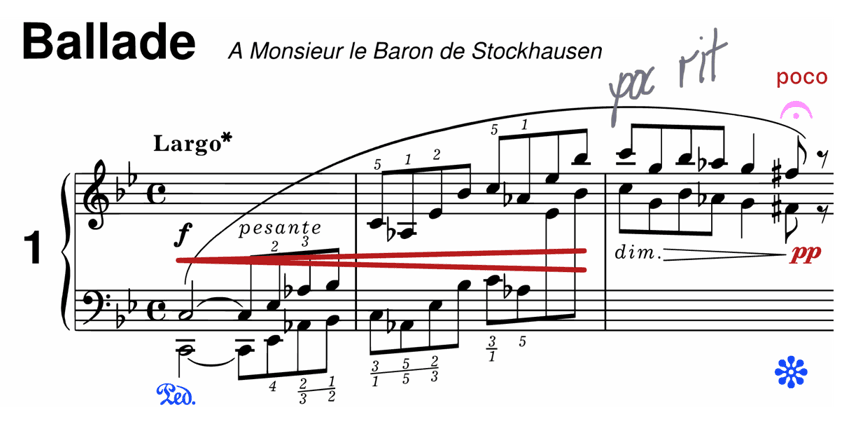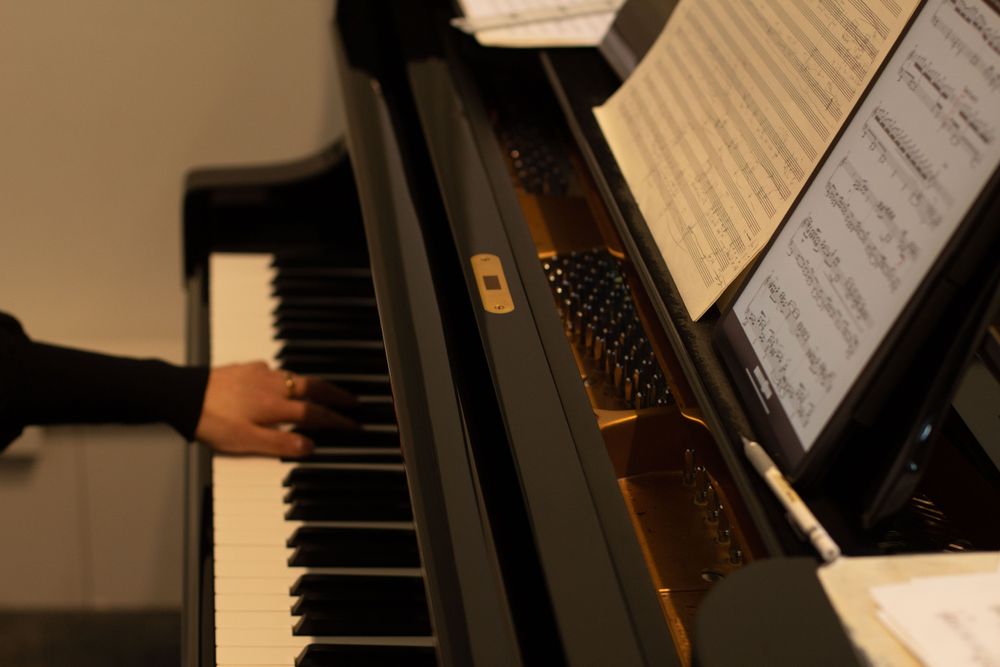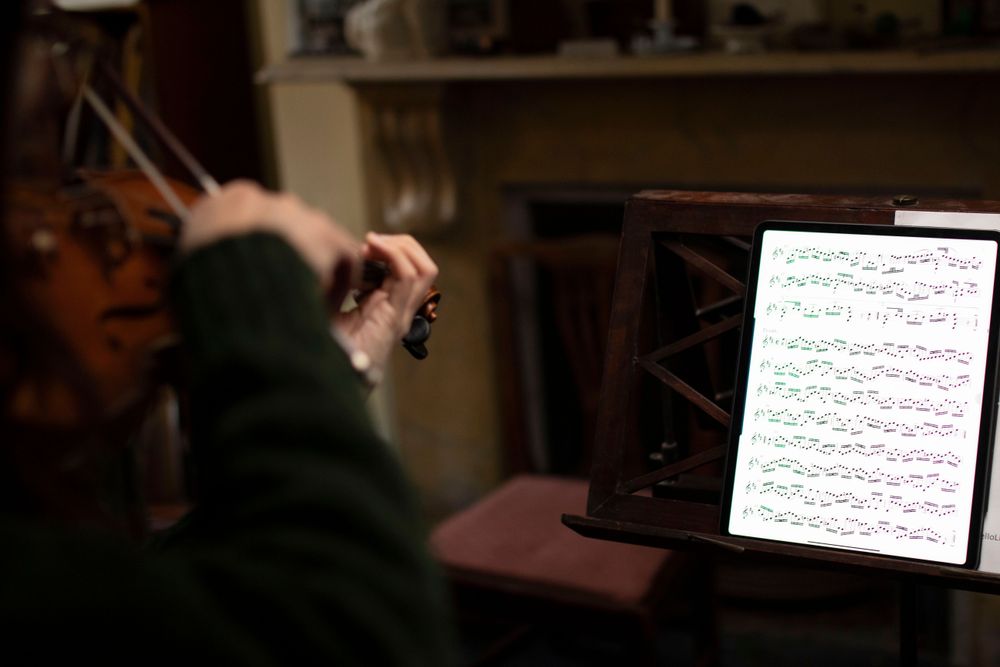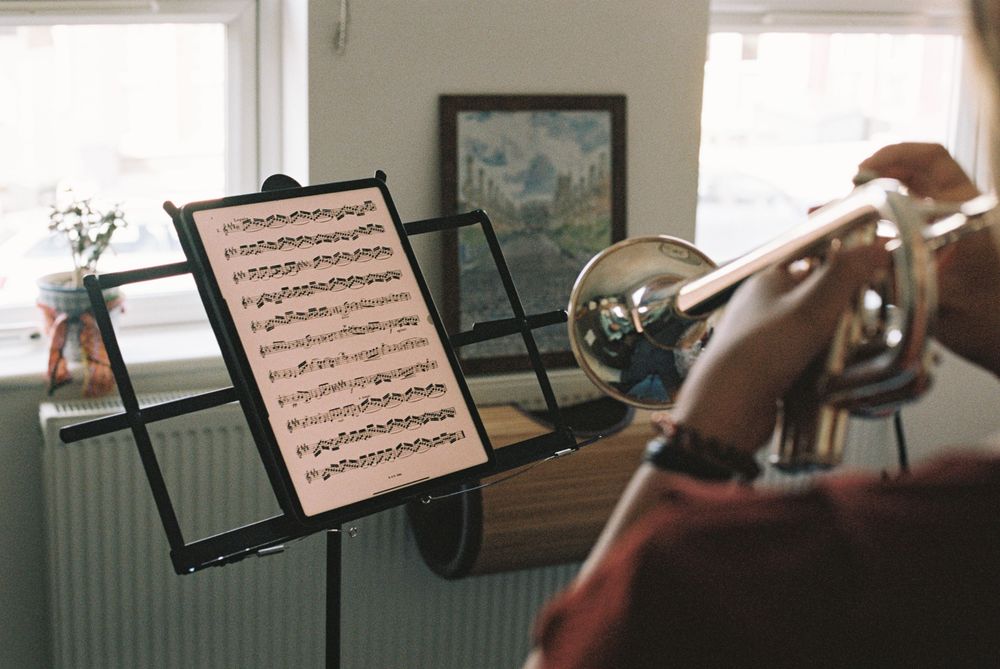You can even connect a Bluetooth foot pedal to your device, making for handsfree page-turning. It’s the most seamless and elegant way to perform. Going paperless also means you’re doing your bit for the environment. Find out which is the best tablet for sheet music in this article comparing a few leading models on the market.
How does nkoda’s digital sheet music work?
The nkoda app offers a different take on this digital sheet music story. It strives to offer a comprehensive service and universal toolkit for the musician that’s looking to go digital with their music-making.
A major part of the app's appeal is its library. Closely working with over 140 music publishers from around the globe, nkoda compiles and organises their digital sheet music in one unlimited virtual space.
Up there in the Cloud are over 110,000 titles, spanning all genres, that users can instantly access anywhere at anytime on six of the most common devices: iPhones, iPads, Android phones and tablets, Macs, and Windows laptops and PCs.
Interacting with nkoda’s digital sheet music
If part one of the nkoda experience is the digital sheet music library, part two is the score-reader. Open any score and you’ll see it. This is a uniquely constructed technology that makes interacting with digital sheet music a reality.
nkoda strives to make the interface as smooth and as useful as possible. Navigate scores simply by tapping forward and backwards; you can place bookmarks and install repeats. You can even zoom endlessly into a piece of music without its clarity diminishing even slightly.
The annotation tools have been exhaustively fine-tuned. You can use a marker, highlighter or magic pen to scribble anything on any score, borne out of painstaking research with musicians to develop pre-set symbols that cover absolutely all bases, whatever kind of icons music for your chosen instrument might utilise. Drums? Sorted. Guitar? Covered.
The aim is not for its digital technology to merely replicate the physical sheet music experience, but to enhance it.
Your personal sheet music hub
A further significant dimension of the app is the personal space reserved for every single user. This is what transforms nkoda from a digital library and score-reader to a digital sheet music hub.
All the scores you like, want or need can be saved and organised in your own personal library. Playlists can also be assembled, and all of this can be shared with any other nkoda user.
You can load your own virtual sheet music files to this space, and your unlimited storage space is a bonus. So here you can store, access and use sheet music through the score-reader with works that aren't in the library.
Finally, any score can be made available offline, so whether you’re on the move, or prone to finding yourself without internet mid-performance, it won’t matter.
A world of digital sheet music
For musicians, digital sheet music works in many ways. It’s a world made up of countless aspects, which are only becoming more colourful and numerous as technology develops, the wider world changes, and the musical community evolves.
nkoda seeks to develop not just a sheet music app, but a service for all musicians, which allows them to more readily navigate this space. With it, they can engage with digital sheet music in a way that helps them to improve as students and performers, beginners and experts, classical fans and pop-players.
As musicians.
